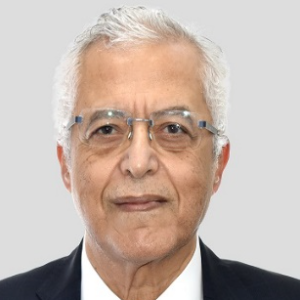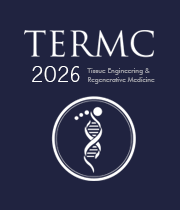HYBRID EVENT: You can participate in person at London, UK or Virtually from your home or work.
Scaffolds
Scaffolds
- Porous Scaffold
- Hydrogel Scaffold
- Fibrous Scaffold
- Microsphere Scaffold
- Biodegradable Scaffolds
- Naturally Derived Scaffolds
- Alternative Biopolymer Scaffolds
- Polymer-Bioceramic Composite Scaffold
- Acellular Scaffold
- Three-Dimensional Scaffolds
Scaffolds represent significant components for tissue engineering. Scaffolds are materials that are engineered to cause desirable cellular interactions to contribute to the formation of latest functional tissues for clinical purposes. Cells are the structures capable of supporting three-dimensional tissue formation. The extracellular matrix of the native tissue, recapitulating and allowing cells to influence their own microenvironments. They usually serve at least one of the following purposes: allow cell attachment and migration, deliver and retain cells and biochemical factors, enable diffusion of important cell nutrients and expressed products, exert certain mechanical and biological influences to switch the character of the cell phase.
Committee Members

Nagy Habib
Imperial College London, United Kingdom
Lucie Bacakova
Institute of Physiology of the Czech Academy of Sciences, Czech Republic



Title : AI-integrated high-throughput tissue-chip for space-based biomanufacturing applications
Kunal Mitra, Florida Tech, United States
Title : Stem cell technologies to integrate biodesign related tissue engineering within the frame of cell based regenerative medicine: towards the preventive therapeutic and rehabilitative resources and benefits
Sergey Suchkov, N.D. Zelinskii Institute for Organic Chemistry of the Russian Academy of Sciences, Russian Federation
Title : In vitro evaluation of lyophilized Dedifferentiated Fat cells (DFAT) impregnated artificial dermis
Kazutaka Soejima, Nihon University, School of Medicine, Japan
Title :
Nagy Habib, Imperial College London, United Kingdom
Title :
Alexander Seifalian, Nanotechnology & Regenerative Medicine Commercialisation Centre, United Kingdom
Title : The regenerative medicine of the future
Marco Polettini, DVM, Italy